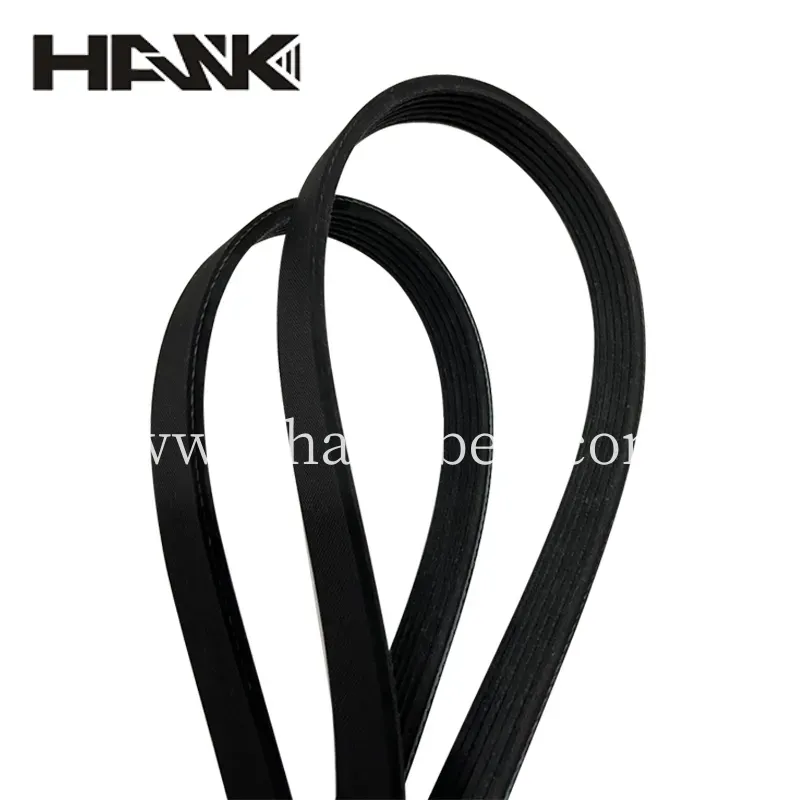- Arabic
- French
- Russian
- Spanish
- Portuguese
- Turkish
- Armenian
- English
- Albanian
- Amharic
- Azerbaijani
- Basque
- Belarusian
- Bengali
- Bosnian
- Bulgarian
- Catalan
- Cebuano
- Corsican
- Croatian
- Czech
- Danish
- Dutch
- Afrikaans
- Esperanto
- Estonian
- Finnish
- Frisian
- Galician
- Georgian
- German
- Greek
- Gujarati
- Haitian Creole
- hausa
- hawaiian
- Hebrew
- Hindi
- Miao
- Hungarian
- Icelandic
- igbo
- Indonesian
- irish
- Italian
- Japanese
- Javanese
- Kannada
- kazakh
- Khmer
- Rwandese
- Korean
- Kurdish
- Kyrgyz
- Lao
- Latin
- Latvian
- Lithuanian
- Luxembourgish
- Macedonian
- Malgashi
- Malay
- Malayalam
- Maltese
- Maori
- Marathi
- Mongolian
- Myanmar
- Nepali
- Norwegian
- Norwegian
- Occitan
- Pashto
- Persian
- Polish
- Punjabi
- Romanian
- Samoan
- Scottish Gaelic
- Serbian
- Sesotho
- Shona
- Sindhi
- Sinhala
- Slovak
- Slovenian
- Somali
- Sundanese
- Swahili
- Swedish
- Tagalog
- Tajik
- Tamil
- Tatar
- Telugu
- Thai
- Turkmen
- Ukrainian
- Urdu
- Uighur
- Uzbek
- Vietnamese
- Welsh
- Bantu
- Yiddish
- Yoruba
- Zulu
אוק . 13, 2024 19:59 Back to list
Understanding Timing Belt Maintenance and Replacement for Optimal Engine Performance
Understanding Timing Belts Essential Components in Engine Performance
A timing belt is a crucial component in an internal combustion engine, playing a vital role in synchronizing the movement of the crankshaft and camshaft. This synchronization is imperative for maintaining proper timing of the engine’s valves and ensuring that the engine runs smoothly and efficiently. The timing belt's material, composition, and design can significantly affect engine performance, longevity, and reliability.
The Function of a Timing Belt
At the most fundamental level, the timing belt connects the crankshaft and camshaft in an engine. The crankshaft is responsible for converting the linear motion of the pistons into rotational motion, while the camshaft controls the opening and closing of the engine's valves. If these two components are not perfectly synchronized, it can lead to a host of engine problems, including performance issues and potential damage to engine components.
The timing belt is made from a composite of rubber and fibers, which provides flexibility and strength. Over time, however, this material can wear out due to factors like heat, oil contamination, and general wear and tear. Regular inspection and timely replacement of the timing belt are essential to prevent catastrophic failures, such as the belt snapping, which can cause significant engine damage and costly repairs.
Signs of Timing Belt Wear
As timing belts age, they often show signs of wear. Common indicators include
2. Visual Cracks or Fraying Regularly inspecting the timing belt for visible damage is critical. Cracks, fraying, or missing teeth are clear signs that the belt needs replacement.
timing belt pdf

3. Engine Misfiring If the timing belt is worn, it may affect the valve timing, leading to misfires or a decrease in power.
4. Oil Leaks Oil leaking from the front of the engine can indicate that the timing cover is damaged, which can also affect the timing belt.
5. Check Engine Light A malfunctioning timing belt can trigger the check engine light, warranting immediate inspection.
Replacement Intervals
Timing belts do not last indefinitely. Most manufacturers recommend replacing the timing belt every 60,000 to 100,000 miles, but this can vary based on the vehicle make and model. Always refer to the owner's manual for specific recommendations regarding replacement intervals. Ignoring these suggestions can lead to belt failure, which can result in severe engine damage.
Importance of Professional Installation
Replacing a timing belt is not just about purchasing a new belt; it requires precision and care. Professional installation is recommended because misalignment during installation can lead to issues, even if the new belt is of high quality. A qualified mechanic will ensure that both the timing belt and other components, such as tensioners and water pumps, are in good condition and installed correctly.
Conclusion
In conclusion, the timing belt is a small yet critical part of an engine. Understanding its role, recognizing the signs of wear, adhering to replacement intervals, and ensuring professional installation are all essential for optimal engine performance. Neglecting the timing belt can lead to severe and costly damage, making it vital for vehicle owners to stay informed and proactive in maintenance. Ensuring the health of the timing belt not only protects the engine but also enhances the overall driving experience, making it a key focus in automotive care.
-
Korean Auto Parts Timing Belt 24312-37500 For Hyundai/Kia
NewsMar.07,2025
-
7PK2300 90916-T2024 RIBBED BELT POLY V BELT PK BELT
NewsMar.07,2025
-
Chinese Auto Belt Factory 310-2M-22 For BMW/Mercedes-Benz
NewsMar.07,2025
-
Chinese Auto Belt Factory 310-2M-22 For BMW/Mercedes-Benz
NewsMar.07,2025
-
90916-02660 PK Belt 6PK1680 For Toyota
NewsMar.07,2025
-
drive belt serpentine belt
NewsMar.07,2025

